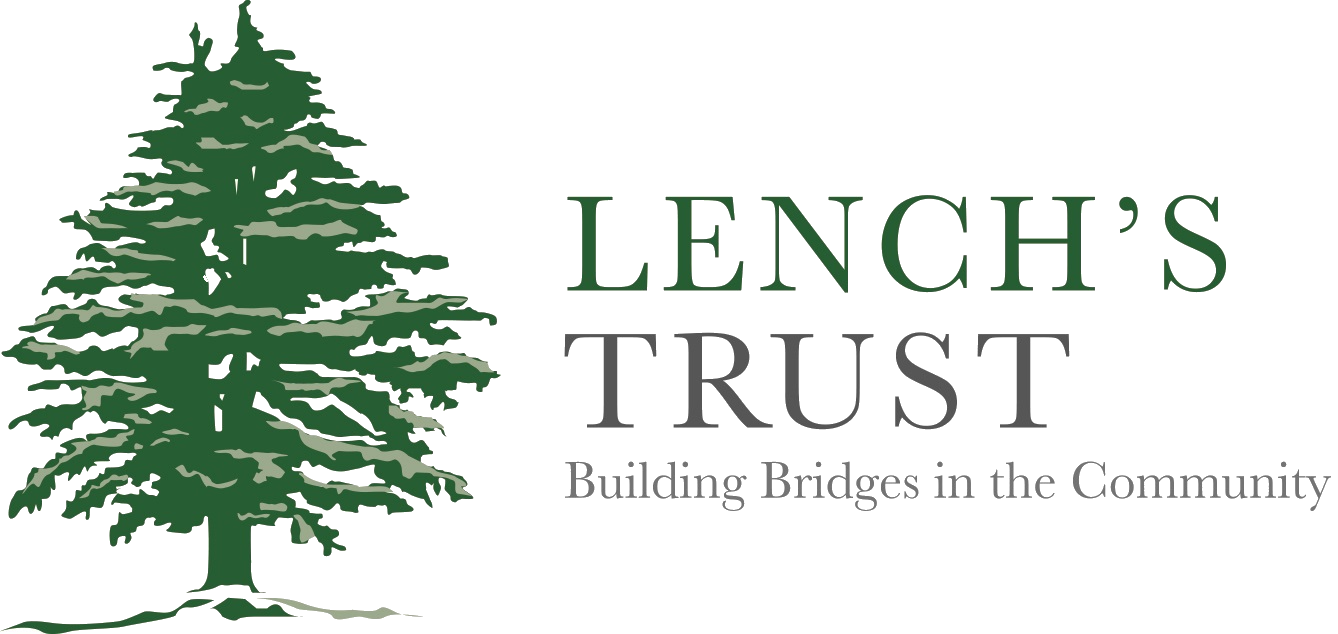
500 Years of Charitable Contribution to Birmingham
Lench’s Trust is a remarkable and positive symbol of continuity in a city of seemingly perpetual transformation. In 1525 in Tudor Birmingham, William Lench decided that the income from his estates should be distributed in “warke of charyte”. Since then, generations of Trustees and officials have carried out his wishes diligently, faithfully, and thoughtfully.
Originally acting as an important aspect of local government through repairing roads and bridges, they gradually became more active in the provision of almshouses for those in need, and now Lench’s Trust provides a host of later living services for people living in Birmingham. Five hundred years on and having successfully adapted to changing needs, Lench’s Trust continues its valuable charitable work in Birmingham.
To read every part of our history, click the button below!
Birmingham’s Oldest Charity
Tudor Birmingham: Echoing to the Sound of Anvils
Founded in 1525, Lench’s Trust is one of the few constants in the succeeding five centuries of dramatic change propelling Birmingham from a small market and manufacturing town into one of the world’s greatest industrial centres. Throughout that extraordinary transformation, the Trustees adapted and innovated to meet the needs of less fortunate citizens.
Started in the midst of Henry VIII’s tumultuous reign by William Lenche’s donation of land for charitable purposes, his Trust’s income was initially devoted to repairing bridges and roads locally, with the residue given to the poor. From the seventeenth century, the provision of almshouses became an increasingly important feature of the Lench’s Trust and by 1881, with its street-repairing functions long gone, it was focused on giving homes and pensions to necessitous women of the ‘deserving’ poor. No longer restrictive in its approach but proudly inclusive, today the Lench’s Trust continues to be a vital force for good in a post-industrial context with its provision of superior sheltered accommodation for up to 200 older people in need.
Challenges and Survival
The Trust’s Declaration, 1540
William Lenche died in 1526, and probate of his will was granted on the 26th June in the joint names of Cardinal Thomas Wolsey, Archbishop of York and Chancellor of England, and William Warham, Archbishop of Canterbury. Then the most powerful man in England after the king, Wolsey was soon to lose favour for his failure to have Henry VIII’s marriage to Catherine of Aragon annulled by the Pope. It seems that 13 years later, Agnes Lenche died and the Deed of Enfeoffment should have come into effect. Instead, an effort was made to thwart it.
John Marsh was grandson of John Lenche, William’s uncle, and saw himself as the heir to the property and as such its owner. Swiftly, he sought to make money from it. In April 1539, he sold 20 acres of pasture in Duddeston, other properties and all of what he termed, “my lands, tenements, and rents in Birmingham”.





